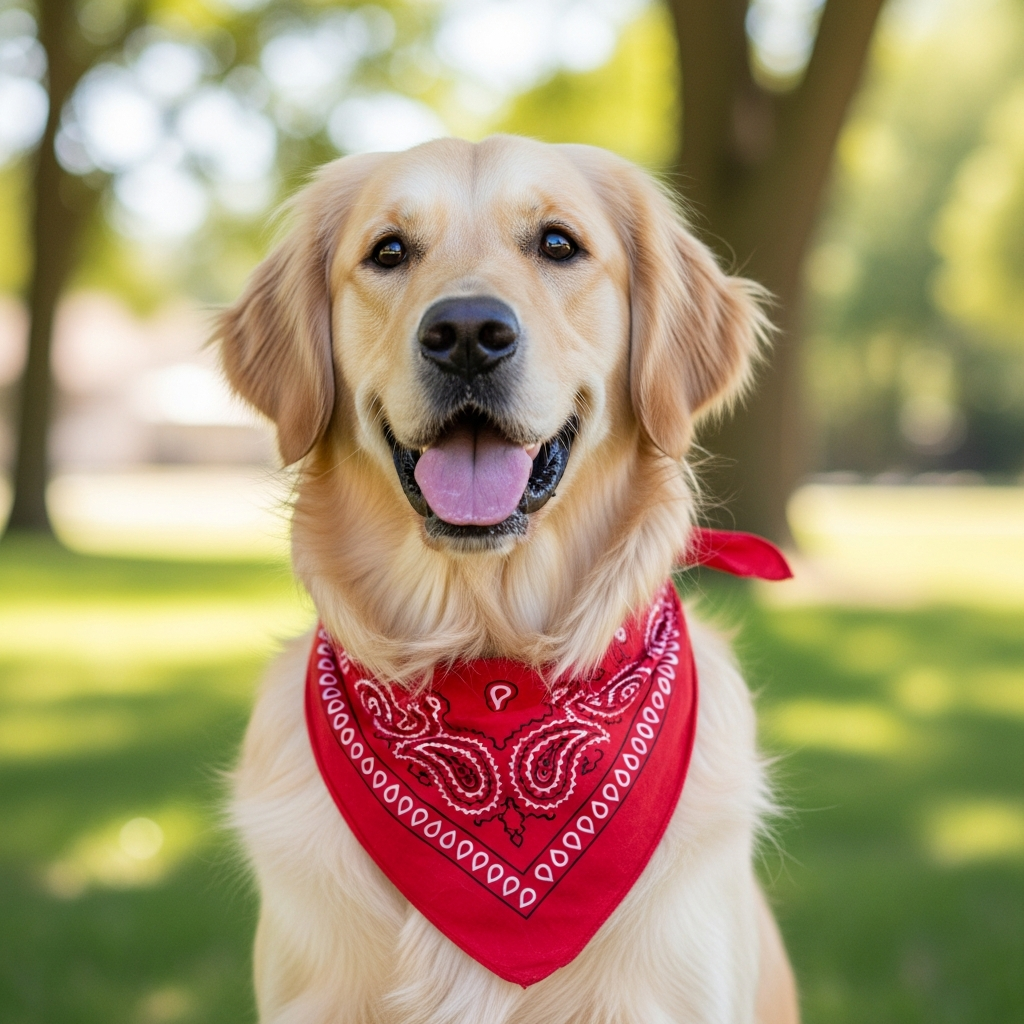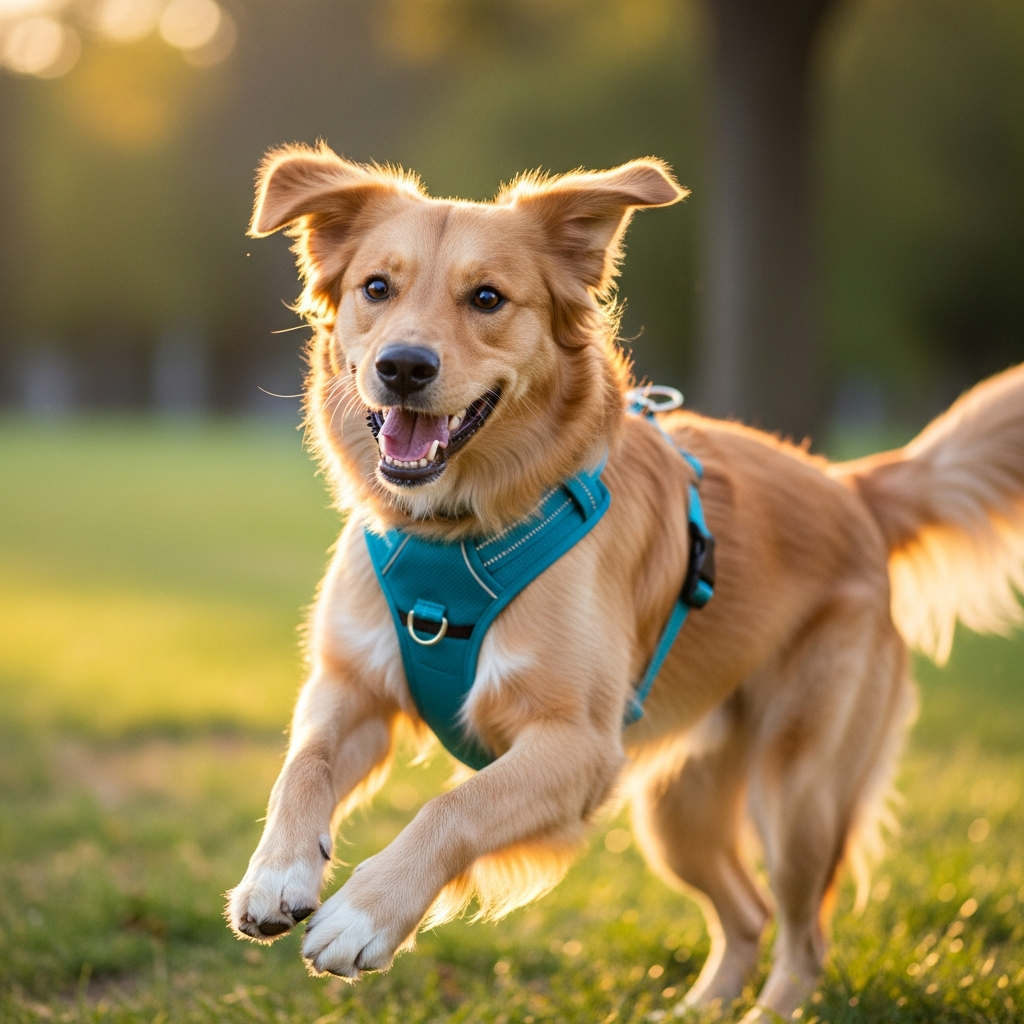Struggling to fit a harness on your dog? It turns a simple walk into a stressful wrestling match. Knowing the right technique for the right harness changes everything for you both.
The best method depends on the harness type. For a step-in, have your dog step into the loops. For an overhead, guide their head through. Always use treats for positive association and check for a snug, two-finger fit before heading out.

Putting on a harness seems simple, but getting it right makes a huge difference in your dog's comfort and safety. As a pet product designer, I've seen so many owners struggle, but the secret isn't just in the technique; it's about understanding the harness itself. There are so many styles, from H-type to Y-type, and choosing the correct one for your dog is the first step. Let's break down the different types of harnesses and how to handle each one, so you can feel confident and your dog can be comfortable on every walk.
How to put an easy harness on a dog?
Do you want a simple, no-fuss harness option? Complicated straps and buckles can be confusing. I can show you the easiest harnesses that make gearing up for a walk quick and painless.
The easiest harness is typically a "step-in" style. You lay it flat on the floor, guide your dog’s front paws into the two loops, pull it up around their body, and clip the buckle on their back. It avoids going over a sensitive dog's head.

When I consult with brands, we often talk about the owner's experience as much as the dog's. An easy harness reduces stress for everyone. The two most common "easy" styles are the step-in and the single-buckle overhead harness. The best one for you depends on your dog's personality. A shy or head-sensitive dog will almost always prefer a step-in harness. It feels less invasive. For a confident dog, a simple overhead harness with just one buckle on the side can be just as fast. I once worked on a line for senior dogs, and we focused on a step-in design with a big, magnetic buckle. It was a game-changer for owners with limited hand strength.
Comparing Easy Harness Types
| Harness Type | Best For | How It Works |
|---|---|---|
| Step-In | Head-shy, timid, or anxious dogs | Dog steps into two loops, you pull up and clip on the back. |
| Single-Buckle | Confident dogs, quick use | Slips over the head, one strap comes under the belly to clip. |
How do you put a harness on step by step?
Feeling lost with all the straps and clips? A clear, step-by-step guide can be a lifesaver. I'll walk you through the process, so you never feel confused about putting it on again.
First, identify the top and bottom of the harness. For an overhead style, slip the neck loop over your dog's head. Next, guide one leg through the first leg hole. Then bring the strap under the belly and buckle it on the other side. Adjust for a snug fit.

Let's focus on the most common design, often called an "H-harness" or "Y-harness." The biggest mistake I see is people trying to adjust it for the first time on a wiggling dog. It's much easier to do a rough adjustment before you even start.
1. Identify The Parts
Hold the harness up by the back D-ring (where the leash attaches). The part that hangs down is the neck loop, and the straps behind it are for the body. Make sure nothing is twisted.
2. The Head and First Leg
With a treat in one hand, lure your dog's head through the neck opening. Then, gently lift one front paw and guide it through the corresponding leg opening.
3. Secure The Body
Take the remaining strap, bring it under your dog’s belly (behind the other front leg), and connect the buckle. You should hear a clear "click."
4. The Final Fit Check
This is the most important step. You should be able to slide two fingers snugly between the harness and your dog's skin at the neck and chest. It shouldn't be loose enough to twist around, but not so tight that it chafes.
Why do some dog trainers not recommend harnesses?
Heard that harnesses can encourage pulling? This conflicting advice can be confusing for loving dog owners. I'll explain why some trainers are cautious and which harnesses actually help with training.
Some trainers dislike back-clip harnesses because they can trigger a dog's natural "opposition reflex," causing them to pull harder. They argue it gives the owner less control. However, many trainers now recommend specific types of harnesses, like front-clip models, which discourage pulling.
The debate between harnesses and collars is a big one in the training world. The criticism of harnesses is usually focused on one specific type.
The Back-Clip Harness and Pulling
A standard harness with the leash clip on the back is comfortable for the dog. However, when a dog pulls on it, the pressure is distributed evenly across their strong chest and shoulders. This can actually make it easier and more rewarding for them to pull forward, like a tiny sled dog. This is called the opposition reflex. For a dog that doesn't pull, this is fine. But for a puller, it can reinforce the bad habit.
The Front-Clip Solution
As a designer, I know that changing the leash attachment point changes the entire dynamic. A front-clip harness has the D-ring on the dog's chest. When the dog pulls, the leash applies gentle pressure that turns them back toward you. It doesn't choke them or cause pain. It simply redirects their forward momentum, making it very difficult to pull. This design is a perfect example of solving a behavioral problem with smart engineering. It gives the owner control without using aversive methods.
How to put a control harness on a dog?
Have a strong dog that pulls you on walks? A standard harness might not be enough. I will show you how to properly fit and use a control harness to regain control and enjoy your walks.
To put on a control harness, like a front-clip model, first adjust it to your dog's size. Slip it over their head, then secure the belly strap. The key is to attach the leash to the D-ring on the chest strap. This gives you leverage to redirect pulling.
A "control" or "no-pull" harness is all about leverage. The fitting process is similar to a standard harness, but the placement is more critical for it to work correctly. When I design these, the exact position of the front D-ring is my main focus. It has to be right on the dog's breastbone. If it's too high, it can ride up toward the throat. If it's too low, it can get tangled in the dog's legs or impede shoulder movement. A good fit is essential. The harness should allow your dog's shoulders to move freely. When you attach the leash to the front ring and your dog pulls, the harness should gently steer them to the side, breaking their stride. Some control harnesses also have a handle on the back. I love adding this feature. It's perfect for keeping your dog close in traffic or crowded situations. It provides immediate, safe control without yanking on the leash.
Conclusion
Choosing the right harness and learning to put it on correctly ensures your dog is safe, comfortable, and happy on every walk. It all starts with understanding your dog's needs.
Cindy Long is the Sales Manager of Raysunpets and a pet lover with over 12 years of experience in exporting pet products. She specializes in providing customized dog chest carriers, leashes and pet accessory solutions for the European and American markets, always focusing on the real needs of customers and pets, and is committed to creating high-quality, practical and comfortable products that allow fur kids to live happier lives.


